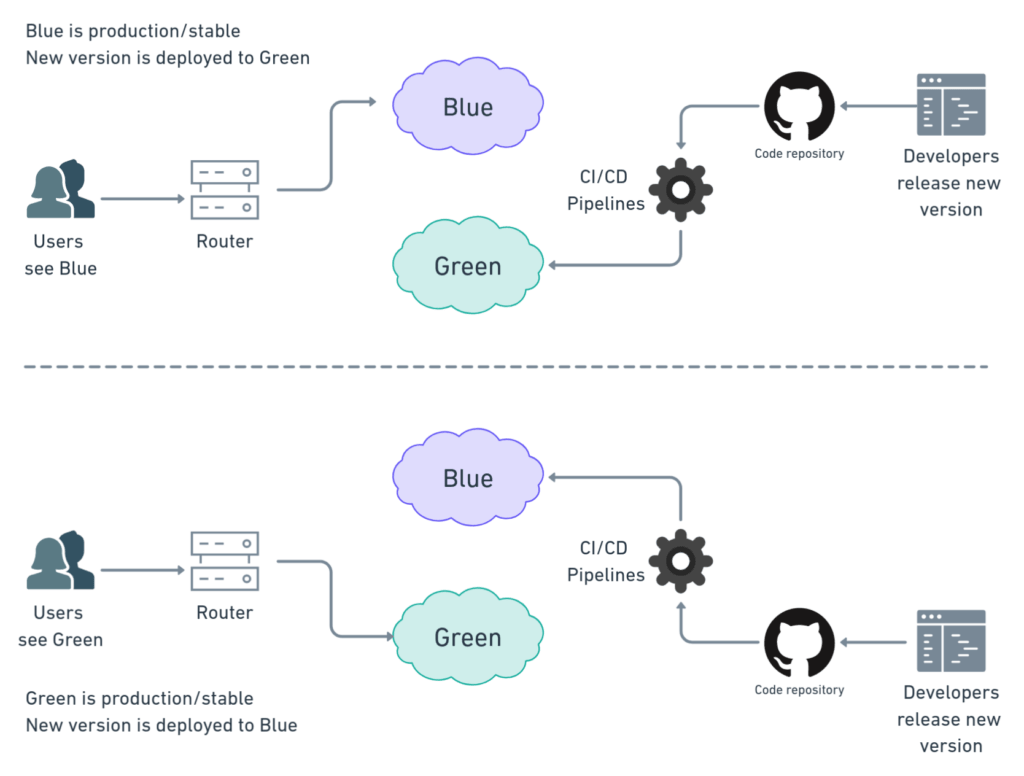Elixir is a dynamic programming language with a syntax that combines a wild blend of influences for more scalable and stable programming. Elixir combines the best features of Ruby, the superpowers of Erlang, and the functional elegance of other languages. By Idhaya M V.
This blog post reads about:
- Few facts about Elixir
- Why choose Elixir for web development?
- Pros and cons of Elixir for web development
- Elixir development: Versatile applications and use cases
Elixir’s approach to concurrency is based on lightweight processes, often called actors. Each process operates independently and communicates through message passing. This minimizes the impact of failures, improving reliability. Nice and easy explanation of what Elixir can offer!
[Read More]